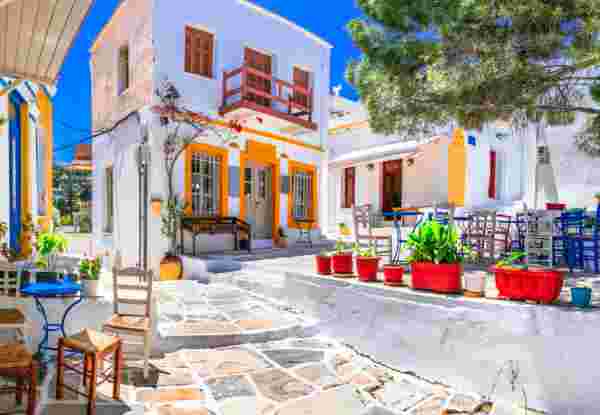The 5 Top Destinations near Athens

You have a day or two left before you depart for home and are up for some more sightseeing. Here are 5 destinations that are within easy reach and can be incorporated in day trips. Ready?
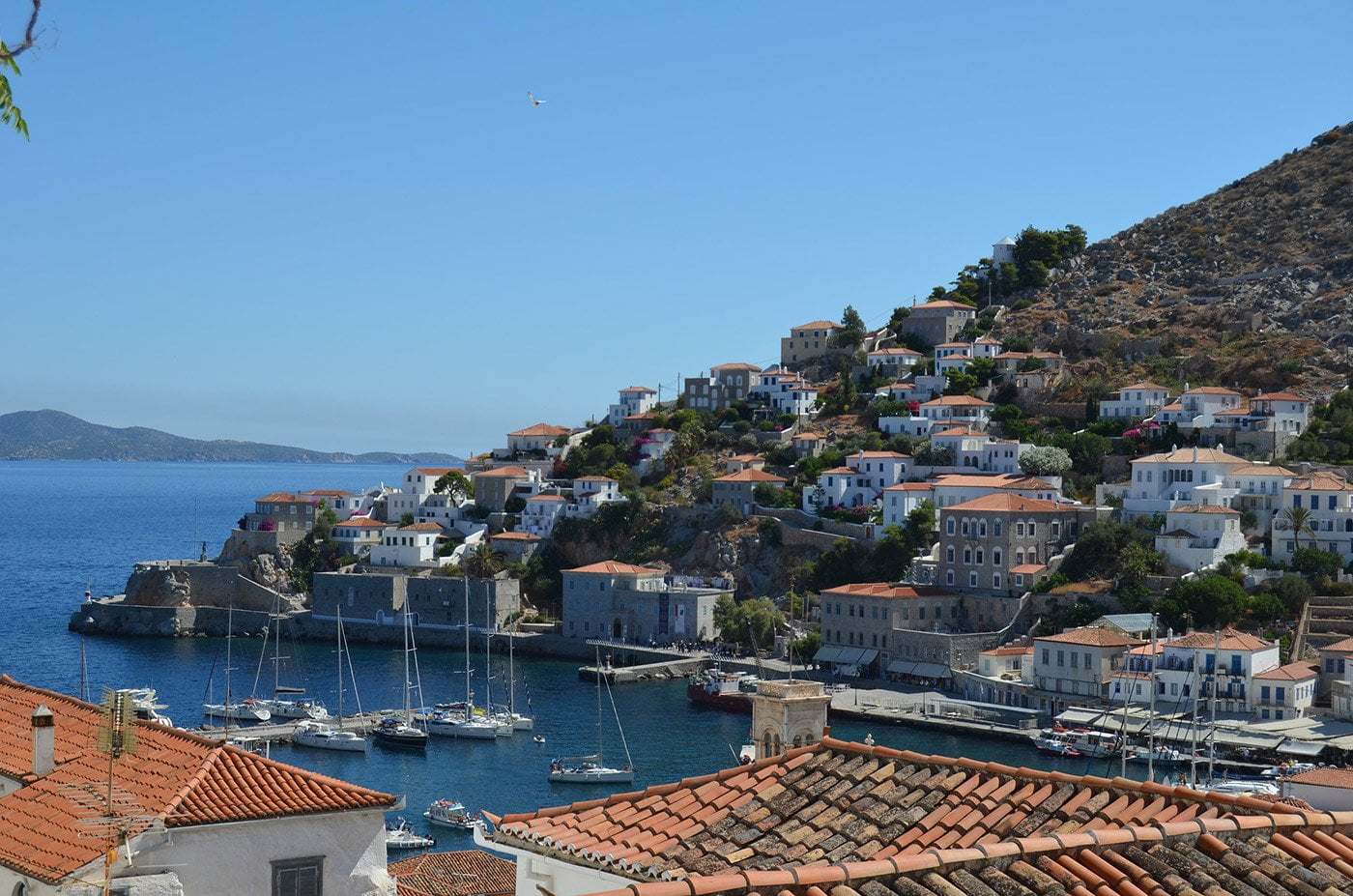
Hydra Photo Credit: Pedro
Hydra, Aegina and Poros
These three islands of the Saronic Gulf can be combined in a full-day cruise or seen singly. Hydra, 1 1/2 hours from the port of Piraeus, is the most cosmopolitan island with its elegant neoclassical mansions, cobblestoned streets, steep winding pedestrian paths, attractive waterfront and fishing villages with seafront fish taverns and marina. It has the added bonus of being totally car-free. Aegina, 1 hour away from Athens, is famous for its well-preserved Temple of Aphaia Athena along with the ruins of the Sanctuary of Apollo and the Archeological Museum. Have a swim at Souvala and Agia Marina and don’t miss out on the island’s staple product, the renowned Aigina nuts that are sold both shelled and cleaned. Poros, also 1 hour away, is small with colorful neoclassical houses, sandy shores and its signature landmark, the Clock Tower, located on the highest hill of the town.
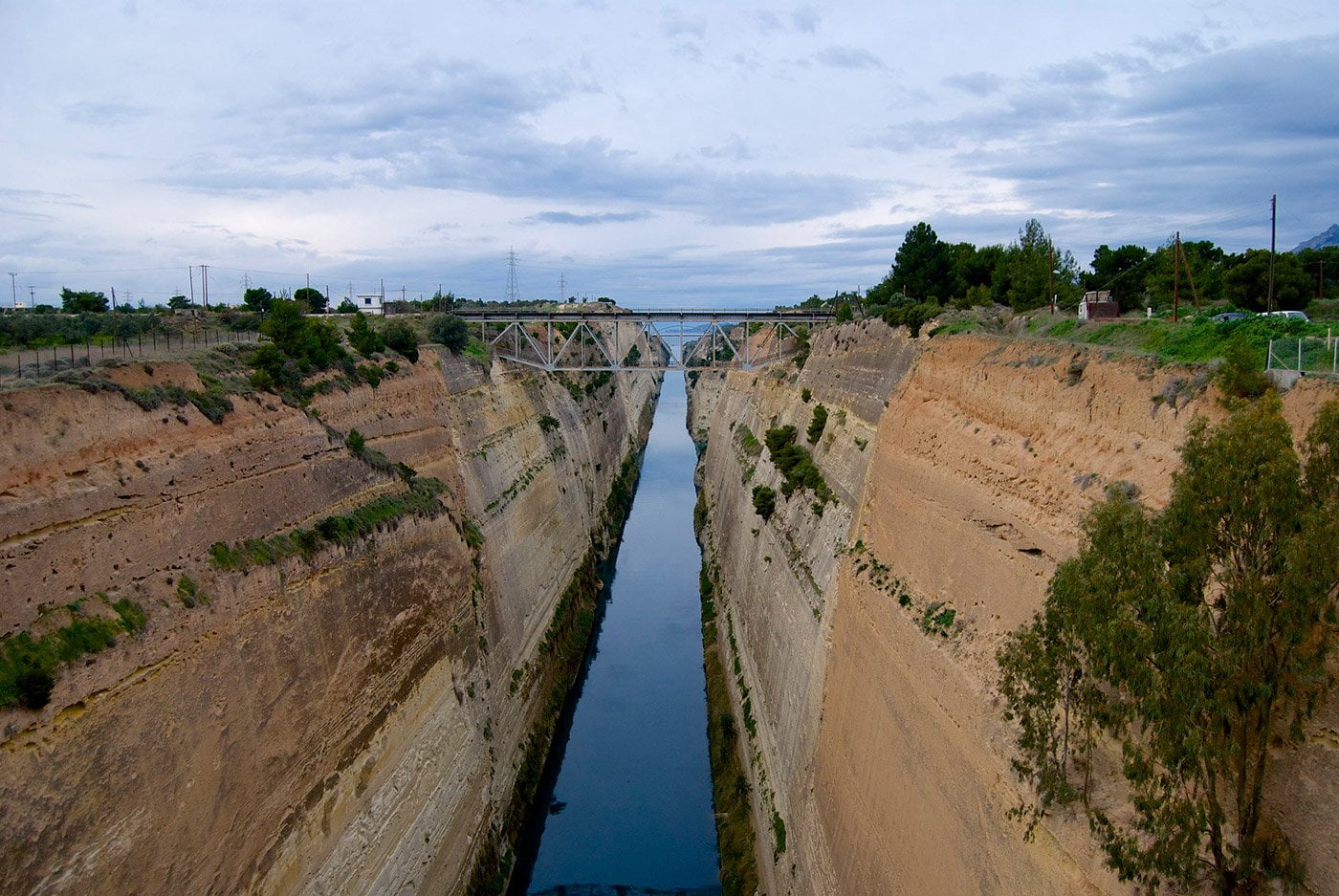
Corinth Canal Photo Credit: Andy Montgomery
Corinth
About 85 km from Athens is the Ancient Corinth archeological site, Acrocorinth on the hill behind the site, the Archeological Museum of Ancient Corinth and the Corinth Canal. A few kilometers from the town of Corinth lays the archeological site of Ancient Corinth. The ancient city was one of the most powerful cities of the Classical world and it was here that St. Paul preached to the Corinthians in 51-52 AD. At the highest point of the ancient site is the 5th century BC Temple of Apollo, with other ruins on the site dating back to the Roman era. The Archeological Museum of Ancient Corinth displays the artifacts excavated at the site. Acrocorinth lies 3.5km south of ancient Corinth. The fortified hilltop stands 575 meters high, and its defenses were maintained and developed during various periods and its walls now measure almost 2km in length. There is a road which climbs up to a point near the lowest gate on the west side. The Isthmus of Corinth connects the Peloponnese to the rest of Greece and is 4km east of Corinth. Created between1882-1893, the canal is 6.3 km long, 23 meters wide and 8 meters deep, and can accommodate vessels up to 10,000 tons. Apart from being able to reach it by road, check out the Zulu Bungy Jump, founded in 2003, where you jump from 70 meters high between the canal walls.
Loutraki
Overlooking the Gulf of Corinth, Loutraki is a popular seaside resort with its beautiful beaches and fish tavernas. Here are the thermal springs at the Loutraki Spa where you can soak in or sip the healing waters which are recommended for disorders of the urinary tract, kidney stones, gallstones and gout. There is also the beachfront Club Hotel Casino Loutraki. Northwest of Loutraki is Lake Vouliagmeni, a lagoon which is 2km long and 1 km wide and connected to the Corinth Gulf by a narrow straight where the tidal movement changes the direction of the flow of the water every 6 hours. The picturesque coast is dotted with beaches, fish taverns and the tiny white and blue chapel of Agios Nikolaos. 2 km from the lake, the road leads to a car park and one path leads to Cape Malakgavi with its stone-built lighthouse from 1897, one of the oldest in Greece and still in use. From here you have spectacular vistas to the Peloponnese and mainland Greece. The other road drops down to the archeological site of the 6th century BC sanctuary of Heraion, dedicated to the goddess Hera. The deep emerald green waters of the cove are ideal for cliff diving and snorkeling.
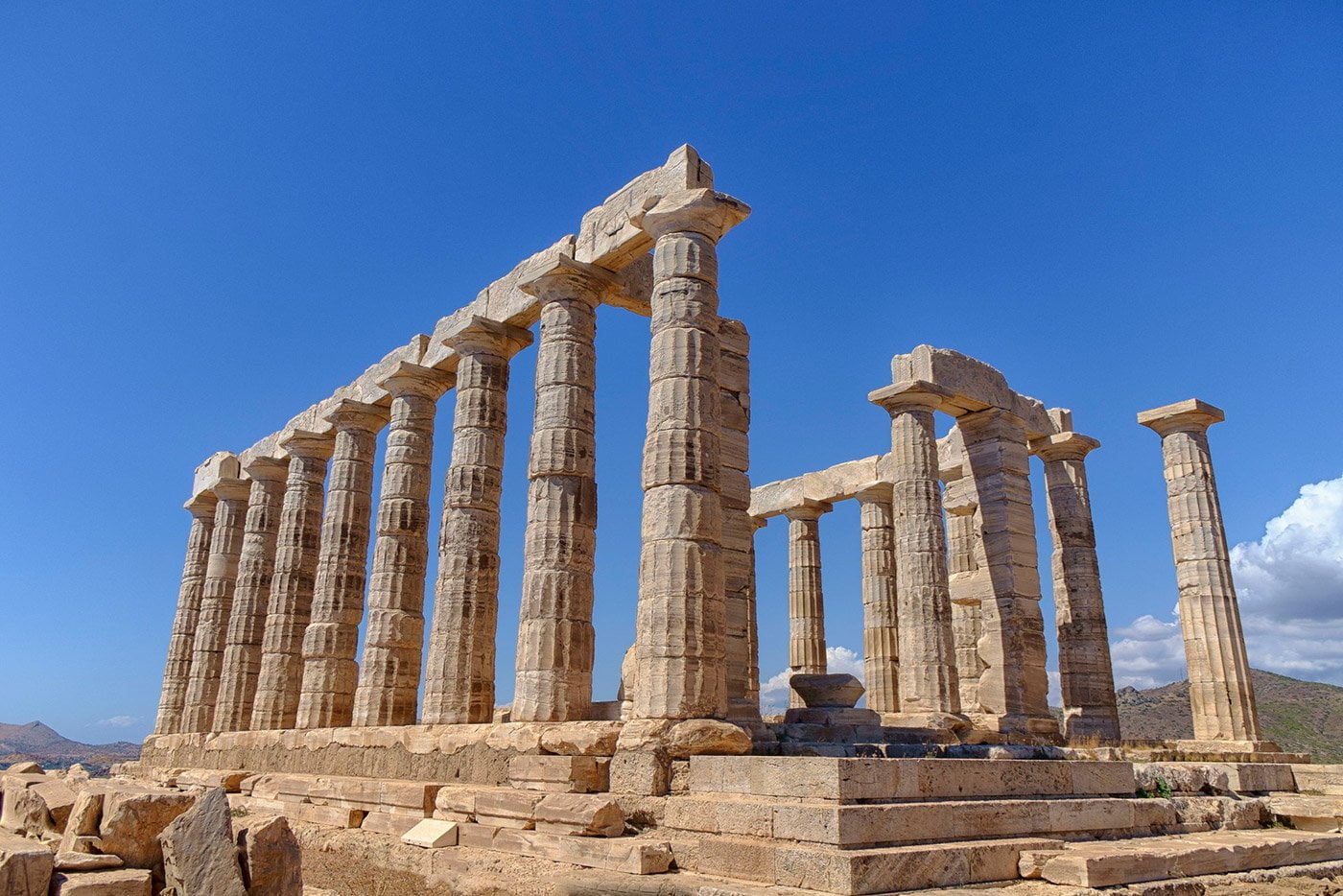
Sounio Photo Credit: Daniel Enchev
Sounio
Perched on cliffs above Cape Sounio are the ruins of the 5th century BC Temple of Poseidon with stunning views over the Aegean. It has become the ritual site for people to come and watch the sun set between the columns of the temple. There is a café near the site and several fish taverns on the coast. On the way to Sounio, one passes by what has been termed as the Athenian Riviera which is the coastal area in the southern suburbs of Athens and includes the Floisvos Marina, Glyfada, Voula, Vouliagmeni, Lagonisi, Varkiza, Anavyssos and Sounio. All along the way are beaches, 5-star resorts, esplanades, tavernas, beach bars and nightclubs. In the heart of the Athens Riviera is Lake Vouliagmeni, a brackish body of water fed both by the sea and underground springs. The water which is warm is said to be curative.
Parnitha
Situated 30 km NW of Athens, this is the perfect place for nature lovers and hiking and climbing enthusiasts. One of the highest mountains (1413m) in Attica, Parnitha has thick forests of pine and fir, huge cliffs, ravines crossed by streams, caves, crags, footpaths, mountain bike trails, churches and monasteries. It was declared a National Park in 1961 and included in Natura 2000 EU network of nature protection areas. At Bali and Flambouri(1,158m), are 2 mountain refuges offering accommodation and restaurants. Among the favored spots are the Mola plateau, popular for picnics with a fresh water spring and proximity to the road circumventing the mountain, the main crags near the village of Phylli and the trail leading from the village to Keladona Gorge and Cave of Pan with its stalagmites and stalactites.
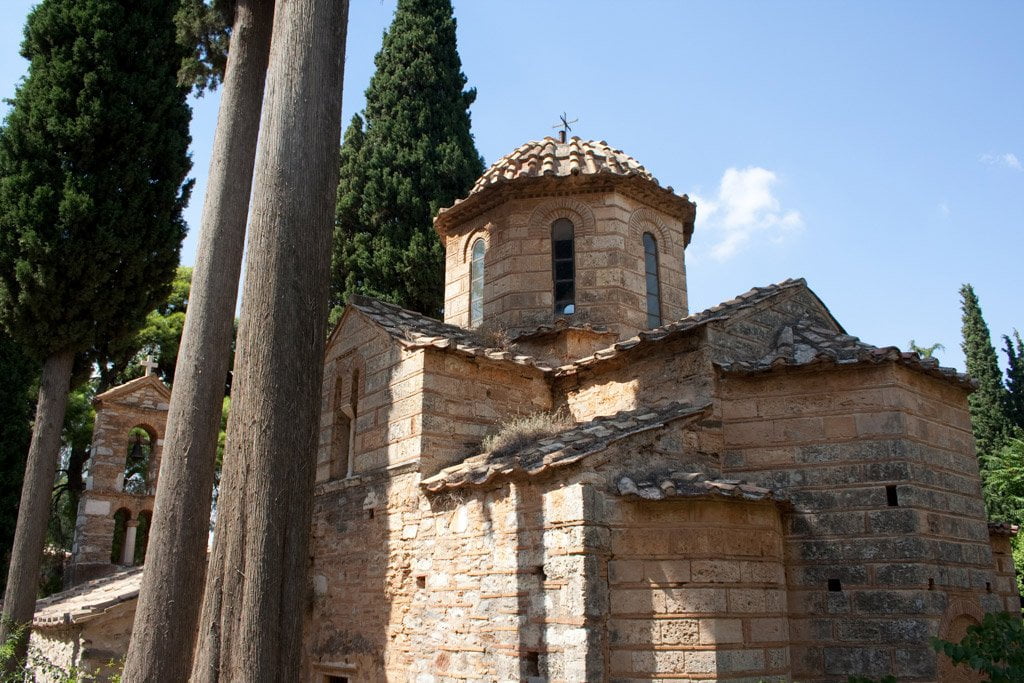
Kaisariani Monastery Photo Credit: RolandStuehmer
Kaisariani Monastery
Located just 5 km east of Athens, Kaisariani Monastery is built on a hillside at the foot of Mt. Hymettus. Built over the ruins of a Roman temple, the 11th century Monastery buildings are enclosed by a high wall with two gates, with entrances at the east and west sides. Dedicated to the Presentation of the Virgin Mary, the 4-column cruciform church has been expanded to include the chapel of St. Anthony and bell tower. The walled complex has a central courtyard surrounded by a refectory, monks’ cells and a bathhouse. On the eastern wall there is a spring where water comes out of the mouth of a marble ram which people gather as it is believed to have healing properties. The Monastery and surrounding areas offer a quiet retreat and there are many hiking trails to Mt. Hymettus leading to the forest.
Daphni Monastery
About 10 km North West of central Athens, the Daphni Monastery is situated near the forest of the same name. It was originally founded at the turn of the 6th century on the site of a Temple of Apollo to whom the daphne or laurel leaf was sacred and thus was the origin of the name. Of the temple, only one column exists in the colonnade of the portico as the others were stolen by Lord Elgin and taken to England. In the 11th century, the Byzantine Monastery was expanded to include the cross-in-square octagone-shaped church with dome, decorated on the inside with mosaics, of which the Christ Pantocrator in the central dome is of special interest. The Monastery, dedicated to the Dormition of the Virgin, is a UNESCO World Heritage Site.
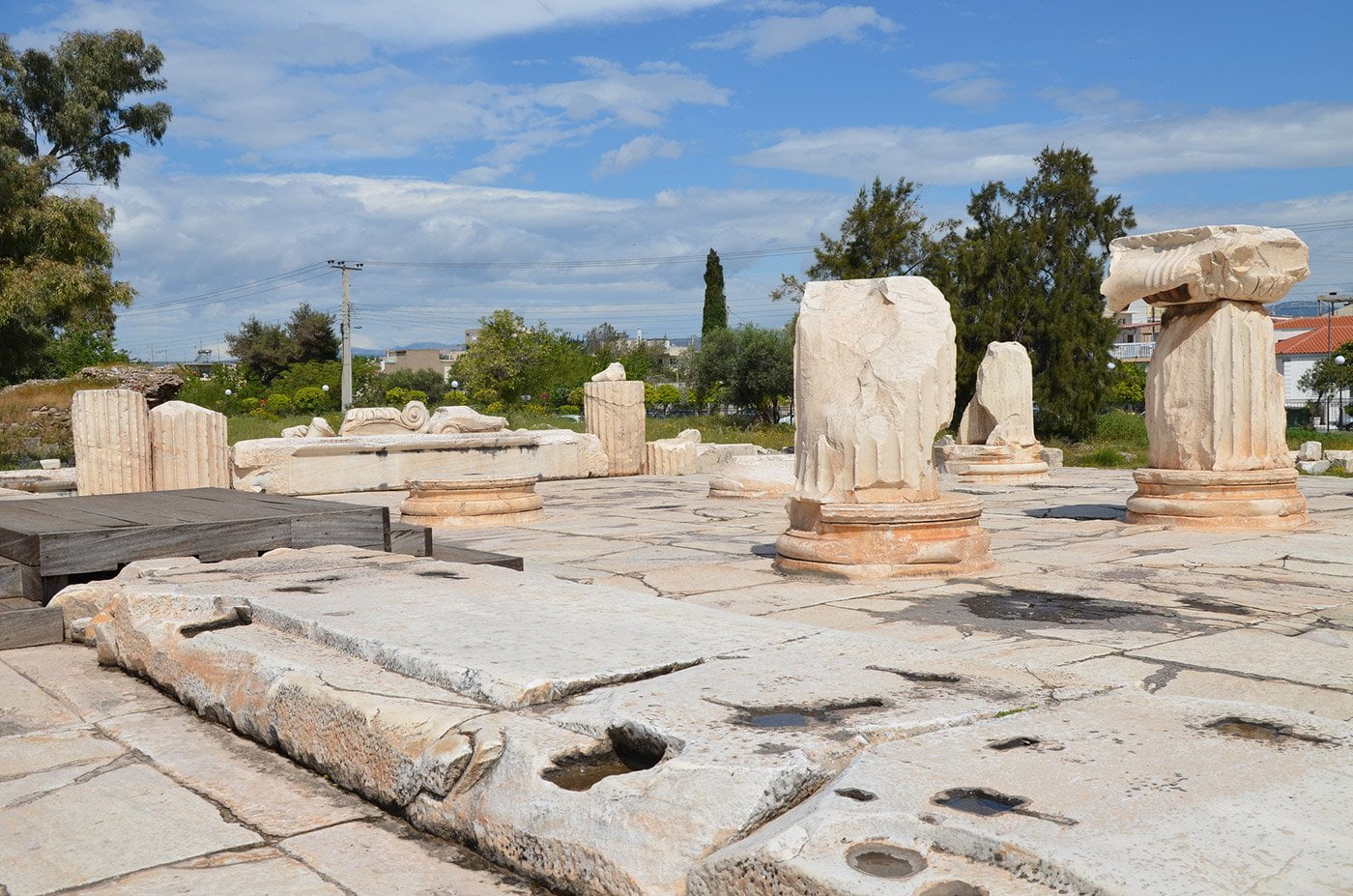
Eleusis Photo Credit: Carole Raddato
Eleusis
Situated about 20 km from Athens, Eleusis was considered one of the most sacred places in the ancient world with the enactment of the Eleusinian mysteries, and is one of the main archeological sites in Greece. Every autumn, Athenians held the week-long Eleusinian Festival that started in Athens and moved along the 22km Sacred Way to Eleusis where festivities and the sacred initiation rites took place. The central cult of the Mysteries was based on the Goddess Demeter’s quest for her daughter Persephone, abducted by Hades, the God of the Underworld. The cycle of her loss and reunification with her daughter closely follows on the agricultural cycle of depletion and renewal or life and death. The archeological site includes the well preserved Sanctuary of Demeter, the large cave-like opening in a rock that was considered as the entrance to the underworld, the Telesterion or large hall where the rites of initiation into the Mysteries took place, and a museum.
Cover Photo Credit:Aleksandr Zykov
Feeling Ready?
From our blog
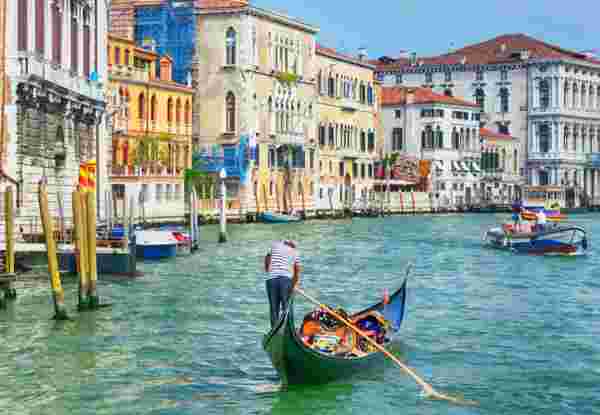
Exploring Venice and Its Canals
READ MORE
Crete for Seniors: A Complete Guide
READ MORE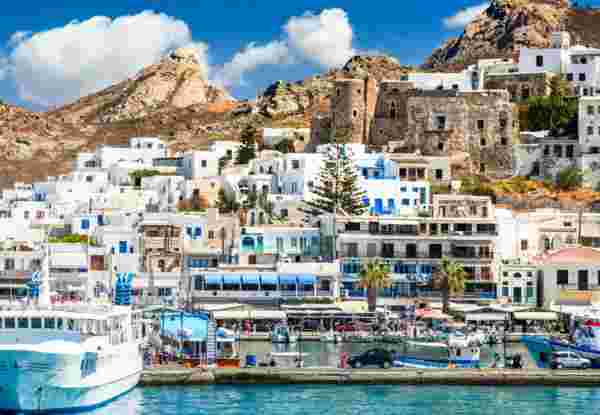
How to Explore Naxos for Seniors
READ MORE
Why Visit Santorini with Kids: A Fun Family Guide
READ MORE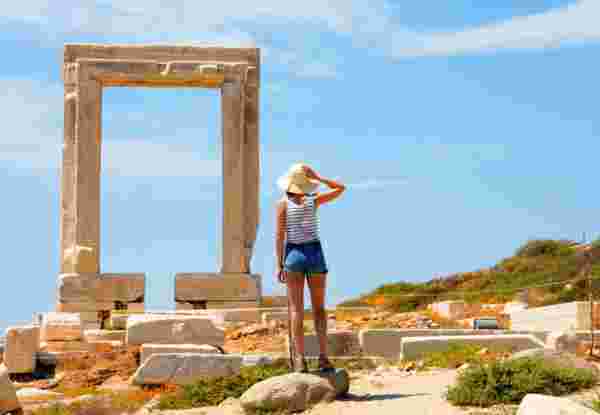
Honeymoon in Naxos: A Complete Guide
READ MORE
Visiting Athens with Kids: A helpful Guide
READ MORE
Paros for Seniors: Tips and Itinerary
READ MORE
Best Resorts in Greece for Families: Your Ultimate 2025 Guide
READ MORE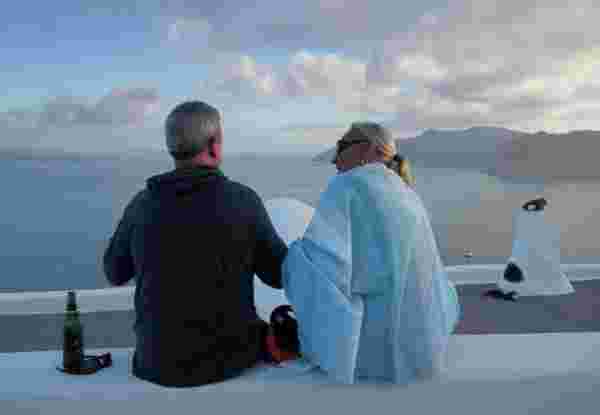
How to Enjoy Santorini for Seniors
READ MORE